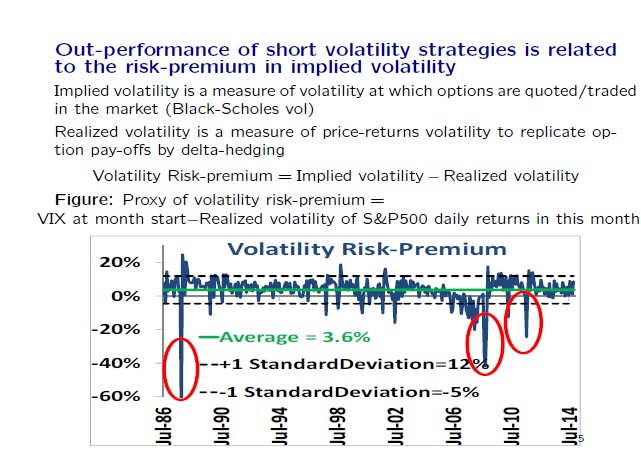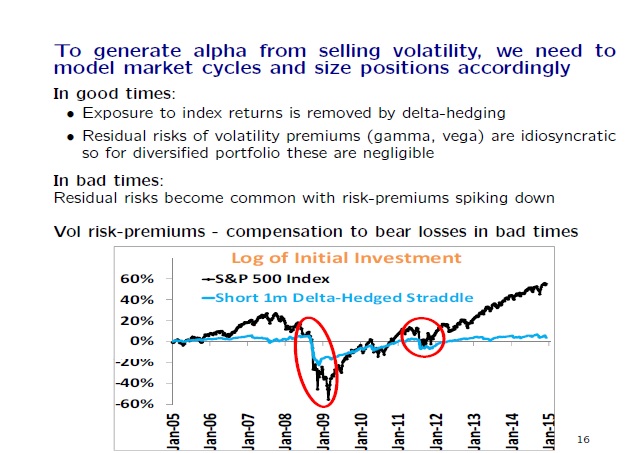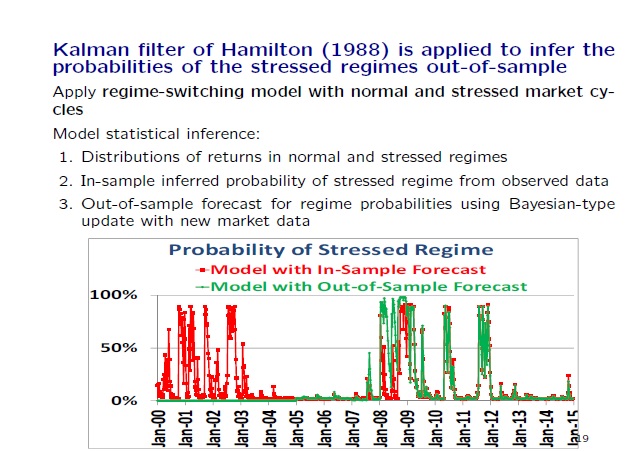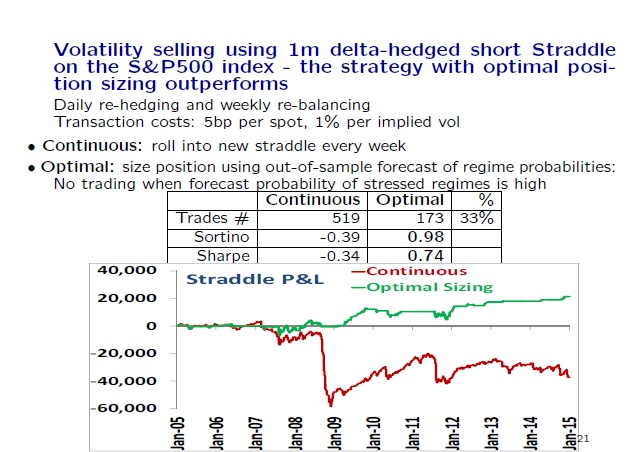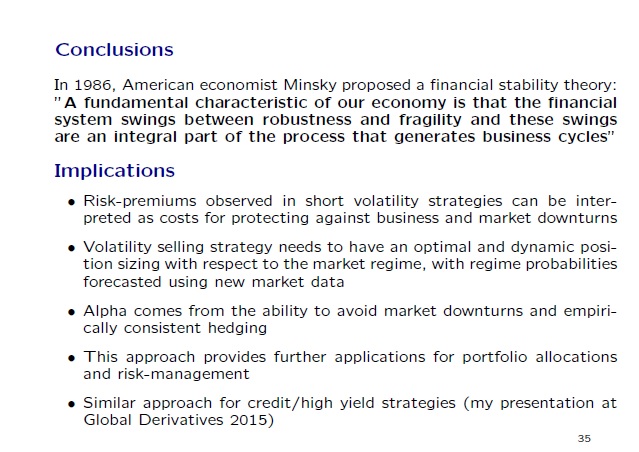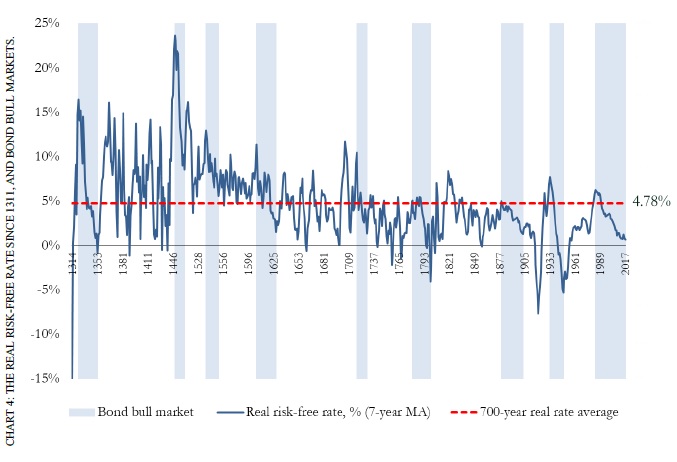FX Momentum Explained via Dispersion Risk
A new financial research paper related to FX Momentum strategies:
Authors: Eriksen
Title: Cross-Sectional Return Dispersion and Currency Momentum
Link: https://papers.ssrn.com/sol3/papers.cfm?abstract_id=3001681
Abstract:
This paper studies the relation between global foreign exchange (FX) return dispersion risk and the cross-section of currency momentum returns. We find robust empirical evidence that FX return dispersion is a priced risk factor and that it contains information beyond traditional factors. Currencies with high past returns (winners) load positively on dispersion innovations, whereas currencies with low past returns (losers) load negatively. Intuitively, investors demand a premium for holding past winners as they perform poorly in periods with unexpectedly low cross-sectional dispersion, while past losers provide insurance against periods with disappearing dispersion.
Notable quotations from the academic research paper:
"In this paper, we offer a risk-based explanation of currency momentum profits by showing empirically that the high returns to winner currencies can be understood as compensation for dispersion risk, which, in our setting, is defined as innovations to the cross-sectional deviation in currency market excess returns. More precisely, we find that winner currencies load positively on innovations to cross-sectional FX dispersion and perform poorly in periods with unexpectedly low cross-sectional dispersion, periods in which loser currencies provide insurance by delivering positive returns. That is, the high return to winner currencies can be understood as compensation to momentum investors for the risk of disappearing dispersion.
Our main sample of currencies comprises up to 48 countries as in Menkhoff et al. (2012) and our main results are based on momentum portfolio constructed by sorting currencies into five portfolios based on their past excess returns. Investing in the portfolio of winner currencies and shorting the portfolio of loser currencies yields large unconditional excess returns of 5.73% and 5.84% per annum for one- and three-month formation periods, respectively, after adjusting for transaction costs through bid and ask quotes.
This high return is hard to explain using traditional risk factor, but can be rationalized using dispersion risk. We construct our measure of dispersion risk as the cross-sectional deviation across five carry trade portfolios formed by sorting individual currencies into five portfolios based on their previous period’s forward discount. Using this factor, we show that the observed heterogeneity in average net excess returns across currency momentum portfolios can be explained by their different exposures to FX dispersion innovations.
Our key empirical results are as follows: i) We show that dispersion risk is priced in the cross-section of currency momentum portfolios, ii) has a significant positive price of risk, and iii) that dispersion risk is able to account for a substantial part of the heterogeneity is average momentum net excess returns.
The cross-sectional R2 exceeds 96% for one month momentum portfolios and is about 66% for three-month momentum portfolios.Moreover, we find that sorting individual currencies, where currency excess returns are signed according to their previous periods’ excess return (referred to as conditional excess returns), into five portfolios based on their ex ante exposure to dispersion innovations yields a monotonically increasing pattern of average excess returns, corroborating the fact that investors require a higher premium for investing in currencies that are more exposed to negative dispersion shocks.
"
Are you looking for more strategies to read about? Check http://quantpedia.com/Screener
Do you want to see performance of trading systems we described? Check http://quantpedia.com/Chart/Performance
Do you want to know more about us? Check http://quantpedia.com/Home/About


